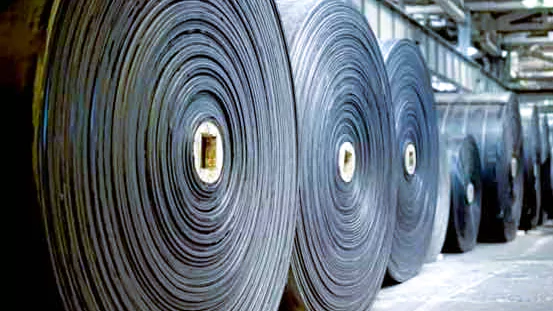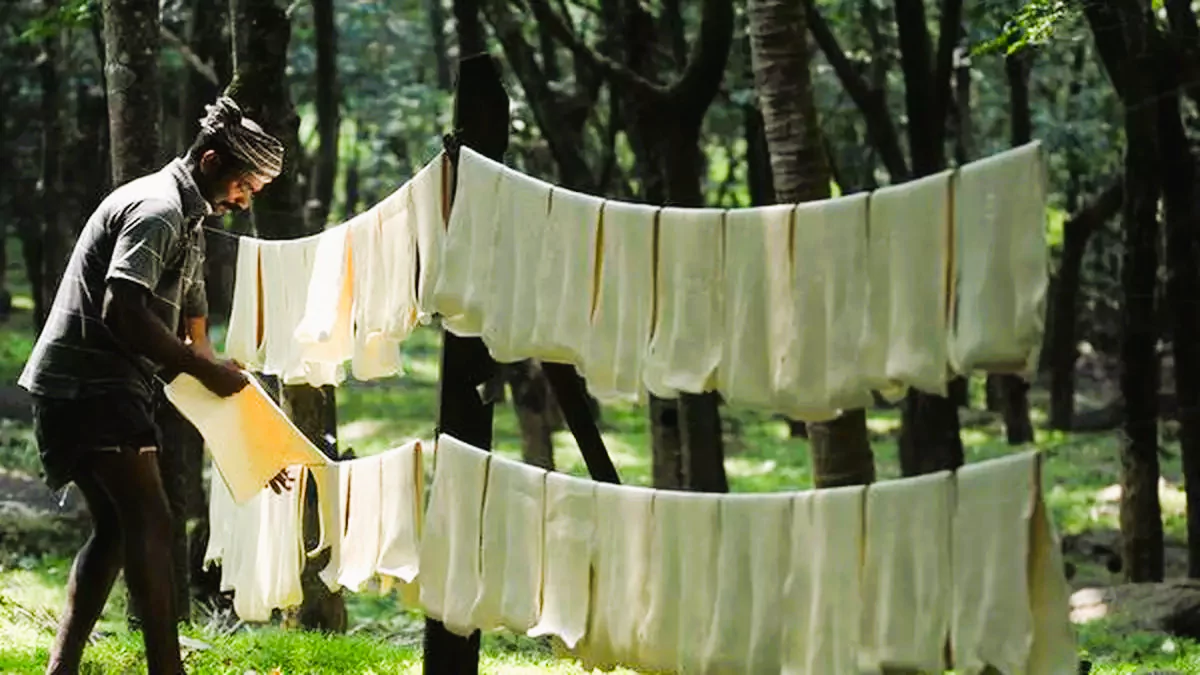About Rubber Production
Global production of natural rubber in 2020 is almost 13 million metric tons. This is a significant increase since 2000, when a total of about 6.8 million metric tons of natural rubber was produced worldwide. Natural rubber is also known as India rubber or rubber.
It is an elastomer made from latex, a milky colloid produced by certain plants, especially rubber plants. In 2018, 91%, or 12.64 million tons, of the world’s natural rubber was produced in Asia-Pacific. In contrast, 6.5% of the world’s natural rubber is produced in Europe, the Middle East and Africa.
The world’s largest rubber producer
You should know that there are two main types of rubber, synthetic rubber and natural rubber. Both are produced differently. Unlike natural rubber, which is harvested from trees in tropical areas, synthetic rubber is used from petroleum in the chemical industry.
The United States, Japan, China and many countries in Western Europe are world leaders in the production of synthetic rubber. However, this article will focus on countries where rubber plantations produce the best rubber.
Natural rubber is produced in 28 countries around the world. They are all tropical, and this is the most prominent characteristic they share. Rubber plants thrive in temperatures of about 82 degrees Fahrenheit. In addition to receiving between 60 and 78 inches of annual rainfall, rubber trees prefer areas with high water resistance.
Countries in South America, Africa, and Southeast Asia all have warm climates suitable for growing natural rubber. Harvesting rubber trees in these areas is reminiscent of maple plantations in the northeastern United States, where the trees were planted in rows and irrigated with spigots and buckets.
However, to produce natural rubber, farmers use rubber trees for latex instead of maple trees for maple syrup. About 85 to 90 percent of plastic farms worldwide are run by sole proprietors or small business owners. After the farmers collect their latex, it is processed into powder, blocks, sheets and other forms before being transported to the rubber processing plant. Although many countries produce and export natural rubber, a select few in Southeast Asia dominate the industry.
The (ANRPC) reports that three Southeast Asian countries have more than 70 percent of the world’s natural rubber. In terms of natural rubber, Thailand has been a world leader for decades and in 2019 the country will increase its global production by 35%.
Major countries for rubber production in the world


Thailand
Thailand is the world leader in natural rubber production, producing more than any other country in the world combined. About 4,500 metric tons of natural rubber was produced in Thailand in 2020. Although this total amount still leads the world production, it has been decreasing since 2019, when it produced about metric 5,000 tons of rubber. Despite this, it is still the first currency in the world.
The Rubber Industry of Thailand said recently that the country expects to produce 4.9 million units of rubber in 2022, a 1.82% increase from last year. Thailand is the largest exporter and producer of natural rubber, accounting for about a third of the annual rubber production.
The growing demand for natural rubber in the global automotive sector and rubber surgery insurance, which is widely used due to epidemics, will support Thai rubber exports.
Indonesia
Indonesia’s rubber production is much smaller than Thailand’s. In the two years between 2019 and 2020, natural rubber production fell in Indonesia, as it did in Thailand. The production of natural rubber in Indonesia in 2019 is about 3,200 tons. By 2020, the amount of natural rubber produced has decreased to about 3,000 tons.
Indonesia is the second largest producer of rubber in the world and therefore exports a large amount of rubber to markets around the world. The production of rubber in Indonesia has increased significantly since the 1980s when the industry started. Small-scale farmers produce the majority of the rubber harvested in the country (about 80%). As a result, the public and private sectors have little influence in the national rubber sector.
India
India is responsible for the production of natural rubber, and in the years 2019 and 2020, the total production of rubber in the country has not changed. About 700 tons of natural rubber is produced in India in each of 2019 and 2020. Parts of these natural rubbers are kept in India, while other parts of the production are exported to other countries in the world.
India is one of the largest producers of rubber in the world and continues to be the world’s second largest consumer of this product.
Rubber Cultivation in India: Production, Distribution
Growing conditions:
The rubber tree (Hevea brasiliensis) is a large, fast-growing tree that reaches 20 to 30 meters in height. It begins to produce latex 5-7 years after planting. It requires a warm and humid climate with a temperature of 25 ° -35 ° C and an annual rainfall of more than 200 cm. Rainfall should be evenly distributed throughout the year. Drought and low temperatures are harmful. Daily rain followed by strong sunshine helps.
The deep, well-drained soil on the slopes of the mountains at altitudes ranging from 300 to 450 meters above sea level provide the best conditions for its growth. Growth decreases at higher altitudes and no rubber plantations are observed above 700 m altitude.
Manufacturing and distribution
India is the third largest producer of natural rubber in the world, followed by Thailand and Indonesia, producing about 9% of the world’s production. From about 200 hectares in 1902-03, the total area under rubber plantations reached about 5.9 lakh hectares in 2003-04. Similarly, the production which was 80 tonnes in 1910 increased to about 690,000 tonnes in 2003-04. The most important and significant factor is the increase in productivity from 354 kg/hectare in 1960-61 to 1663 kg/hectare in 2003-04.
Although the rubber plantation sector was dominated by large estates in the first fifty years, it has undergone major structural changes leading to the dominance of small houses. Today, smallholders account for 88% of the acreage in India’s rubber production. The average size of a small farm is only 0.49 hectares. However, the average productivity achieved by smallholders during the period 2001-2002 was higher at 1,580 kg/hectare than the 1,509 kg/hectare produced by the land. This table shows that India has made remarkable progress in three areas of rubber, namely production, area and yield. distribution of natural rubber in India.
Almost all rubber is produced in Kerala, Tamil Nadu and Karnataka. Kerala is a major producer of natural rubber, producing 595,000 tonnes or 92% of India’s total rubber production in 2002-03. The districts of Kottayam, Kollam, Ernakulam, Kozhikode produce all the rubber of this state. Tamil Nadu is the second largest producer of rubber, but far behind Kerala, producing only 22,000 or 3.39% of India’s total in 2002-03.
Nilgiri, Madurai, Kanniyakumari, Coimbatore and Salem are rubber producing districts in Tamil Nadu. Karnataka produced 14,000 tonnes or 1.85% of India’s total production in 2002-03. Chikmagalur and Kodagu are industrial districts. Tripura and Andaman and Nicobar Islands also produced less rubber respectively in 2002-03.

